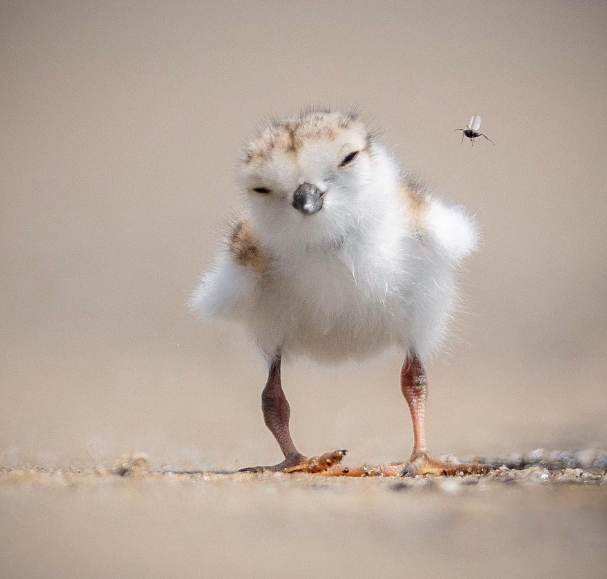

Photo by Karl Ramsdell
We have exciting news to share - the endangered Piping Plover is nesting on Chebeague Island at Indian Point. These delicate shorebirds have not bred on Casco Bay Islands for over 40 years. In 1983, there were only 6 nests in the entire State of Maine. Conservation efforts in the state have resulted in an increase in population and now two pairs have ventured onto Long and Chebeague Islands. One pair of Plovers is nesting at Indian Point. These shorebirds are listed as an endangered species and are protected by State and Federal law. Plovers are extremely vulnerable during the breeding stages. What can we do to help them survive?
➤ Give the plovers plenty of space. Please keep your distance to avoid stressing the birds and stay clear of the fenced nesting area
➤ Do not bring dogs to the beach until after July 31st
➤ Avoid use of kites and drones which are viewed as a threat by the plovers
➤ Fill in sand castle holes, and pack out trash which attracts predators
Piping Plovers will incubate their clutch of eggs in the nest for 25-28 days. Once they hatch, the chicks will be foraging on the beach and unable to fly. This is a very sensitive time in their development. After about 4 weeks, they will grow wings and fledge. If we are lucky, they may live as long as fourteen years and return to lay more eggs in the future.
Chebeague & Cumberland Land Trust and Indian Island Association are working closely with experts at Maine Inland Fisheries and Wildlife and Maine Audubon to monitor the plovers and help protect them. We ask that you do your part too, for current and future generations. Please email CCLT steward Jonathan Dawson with any questions at steward@ccltmaine.org or Laura Minich Zitske at Plovertern@maineaudubon.org.
Thank you for helping us protect these precious birds.